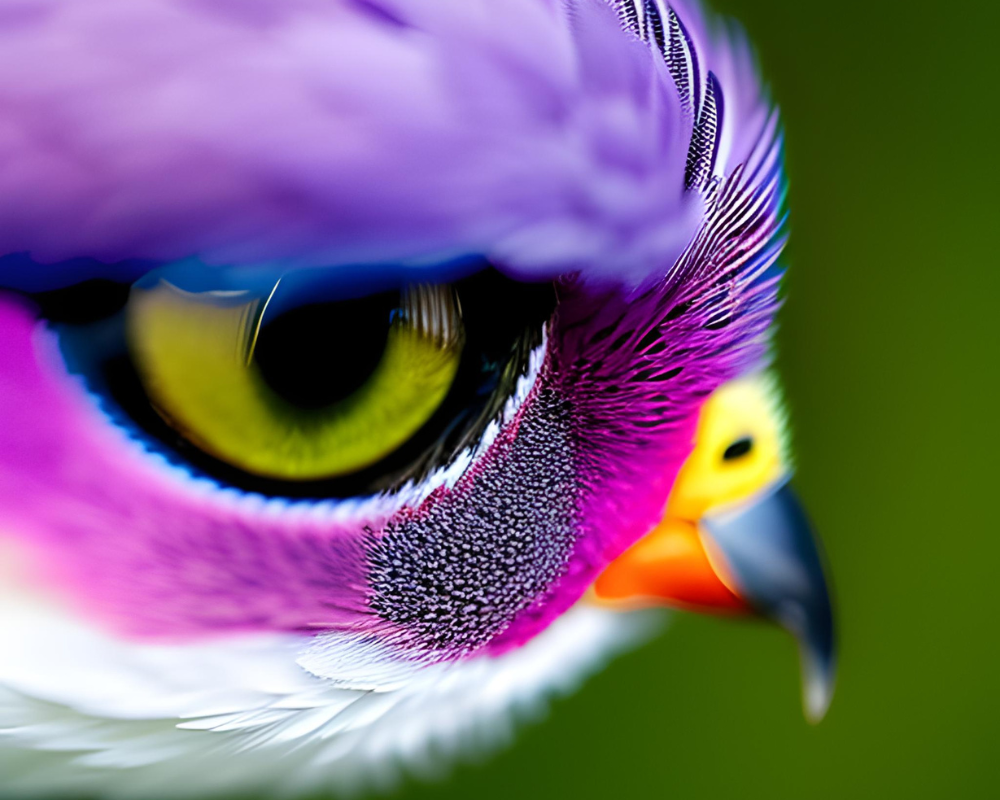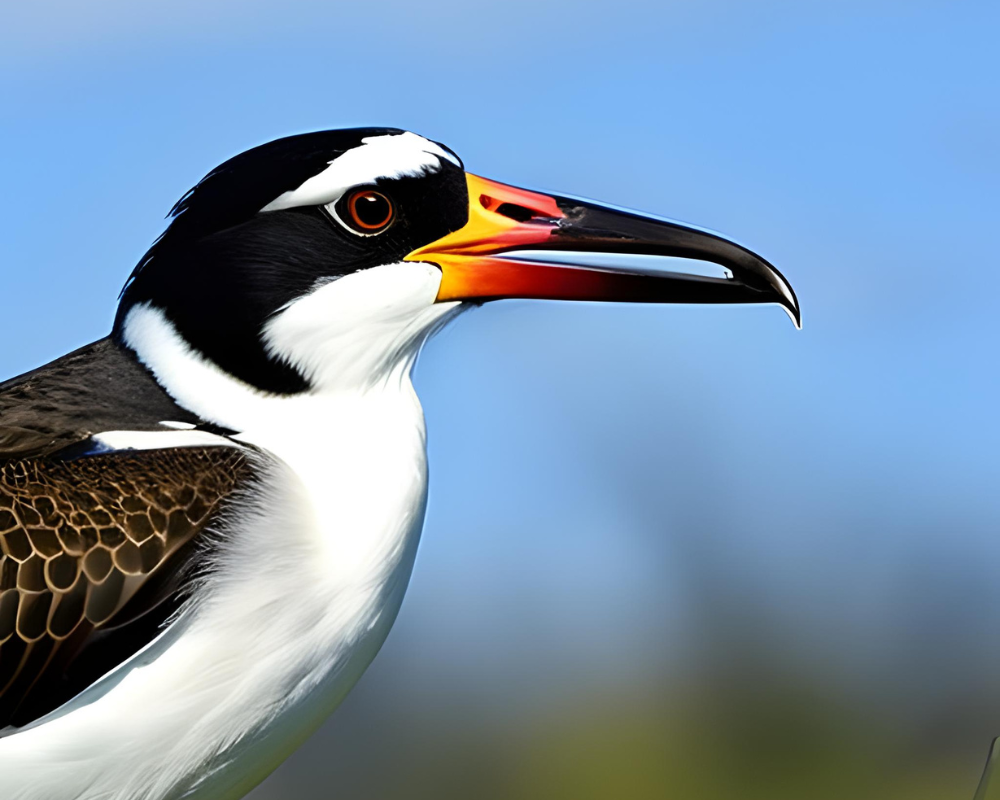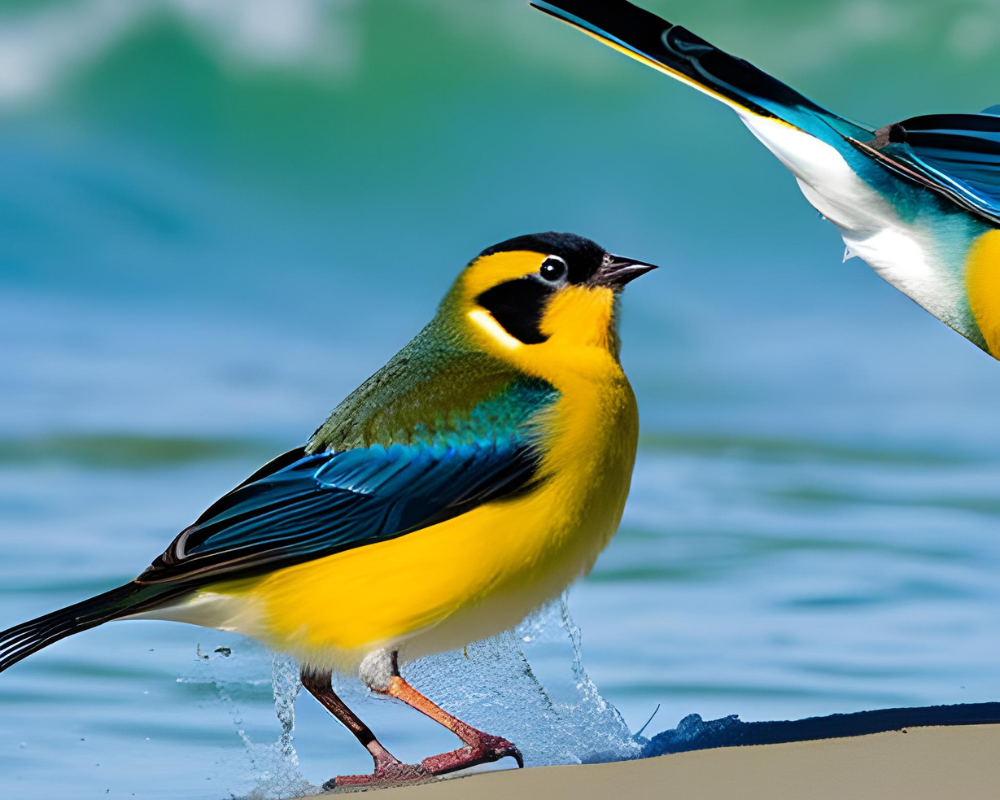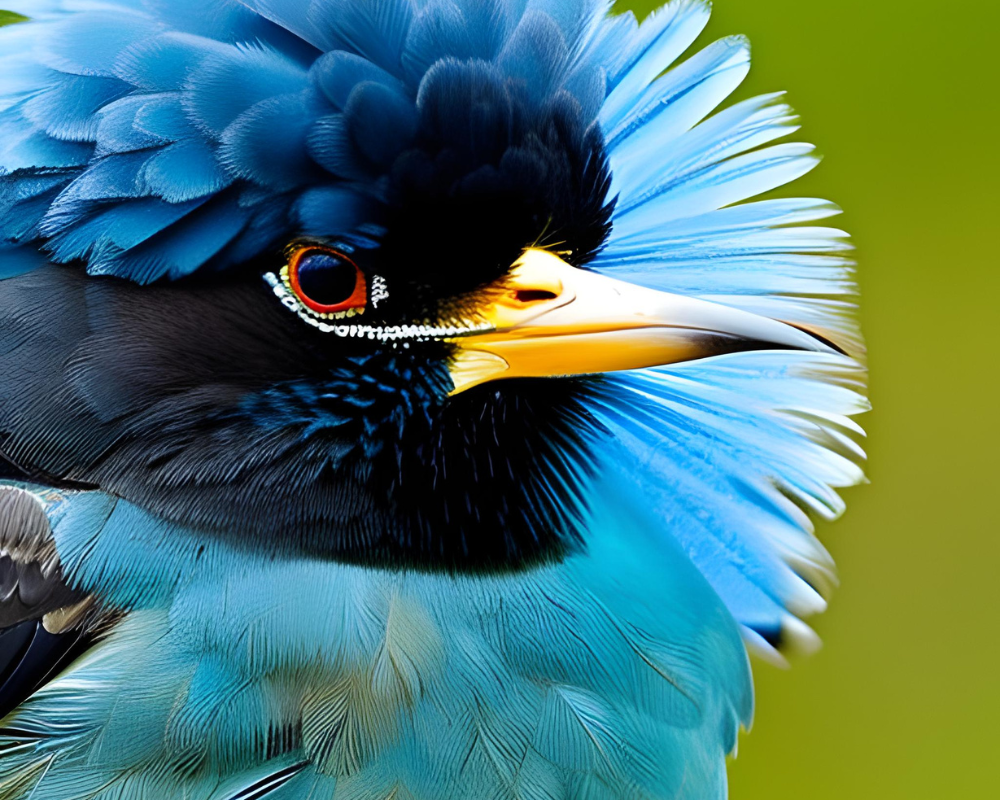Are you familiar with the body language of birds? Parrots and other birds use body language to communicate contentment, excitement, greetings, anger, distress, warnings, illness, and territorial defense. One important aspect of maintaining a successful relationship with your avian companion is understanding their vocalizations and body language. In particular, it’s essential to interpret your bird’s behavior in order to understand when it’s asserting its dominance. In this blog post, we’ll explore how to read birds’ body language to determine when they’re trying to exhibit their domination.
I. Introduction
Importance of understanding bird body language
Understanding bird body language is crucial in creating and maintaining a successful relationship with your avian companion. Birds communicate with us through sounds, behavior, and actions, and it is important for bird owners to interpret their birds’ meanings to provide them with proper care and training. By understanding the subtle clues your bird provides, you will be able to earn their trust by respecting their moods and responding to their needs better. Body language varies between different bird species, but generalizations can be made regarding various postures, feather positions, wing positions, and tail movements.[1][2]
II. Eye pinning
Definition
Understanding bird body language is important for any bird owner to ensure proper care and communication with their feathered friend. Birds use body language to communicate their needs, emotions, and dominance. This can be seen through various behaviors such as beak grinding, tail bobbing, and feather ruffling. It is important to note that each bird’s body language may vary, but learning to interpret these behaviors can enhance the relationship between the bird and owner. Owners can provide the best care and avoid potential harm by observing and understanding a bird’s body language.[3][4]

Significance as a sign of domination
Understanding body language is crucial for any bird owner as it helps them develop a deeper bond with their feathered friend. One important aspect of bird behavior is their exhibition of dominance through body language. Birds may display aggressive behaviors such as beak grinding, beak clicking, tail bobbing, feather-ruffling, and loud screaming. These signs help in recognizing a bird’s dominant behavior, and owners should refrain from approaching a bird showcasing such behaviors. Maintaining a safe distance and proper care of the bird ensures their well-being and strengthens the bond between the owner and the bird.[5][6]
Examples of aggressive behavior
Understanding a bird’s body language is crucial to a harmonious relationship with your feathery friend. Aggressive behavior in birds may include puffing up their feathers, tail bobbing, beak clicking, feather-ruffling, and hackling, among others. These behaviors may indicate territorial aggression or dominance. On the other hand, beak grinding and clicking are invitational behaviors that indicate the bird feels safe and content in its surroundings. Responding to your bird’s body language properly is essential to keep yourself and your pet safe.[7][8]
III. Beak movements
Beak grinding
To understand bird body language, one must learn how to interpret their beak grinding. This behavior is often a sign of contentment and is heard most often as the bird falls asleep. It is characterized by a side-to-side scraping of the lower mandible against the upper mandible. Beak grinding can also be heard during moments of relaxation when the bird feels secure and content in its surroundings. Paying attention to these subtle cues can help bird owners provide their feathered friends with appropriate care and attention.[9][10]

Beak clicking
Understanding beak clicking in birds is an important aspect of bird body language, especially in cockatiels and cockatoos. It is a sharp, consistent clicking sound that is used when a bird feels threatened or is protecting its territory or possessions. Accompanied by neck stretching and sometimes the raising of a foot, beak clicking is a signal that the bird is defending its space and warding off intruders. Approaching a bird exhibiting this behavior can result in a nasty bite, so it’s best to wait for the bird to calm down before attempting any contact.[11][12]

Definition and significance in relation to domination
Understanding bird body language is essential for bird owners to create and maintain a successful relationship with their avian companion. Body language, such as beak grinding, clicking, tail bobbing, feather ruffling, and hackling, can indicate signs of domination or aggression. While some behaviors may mean different things across different bird species, interpreting your bird’s body language can help with taming, training, and providing the best care possible. Remember to approach your bird with caution and learn to interpret the meanings of their behaviors to promote a healthy and happy relationship.[13][14]
Potential harm to human
As a bird owner, it’s important to understand your bird’s body language, as some behaviors can indicate aggression and potential harm to humans. For example, beak clicking signals that the bird is defending territory or possessions and trying to ward off intruders, while tail bobbing accompanied by sitting on the bottom of the cage indicates a sick bird. It’s crucial to approach your bird with caution when it exhibits aggressive behaviour and to seek professional help if necessary to ensure the safety of both you and your feathered friend.[15][16]
IV. Feather movements
Tail bobbing
To understand your bird’s tail bobbing, first, observe if it accompanies rapid breathing after exercise, which is normal. Tail bobbing during normal activities could indicate a respiratory problem, and a visit to the vet is advised. Some birds bob their tails while singing. When a bird is afraid or angry, tail bobbing is often accompanied by the rest of the body being still and agitated, with feathers fluffed up. Understanding and responding appropriately to your bird’s body language is crucial in maintaining a healthy relationship and providing proper care.[17][18]

Feather ruffling and hackling
Fe ruffling and hackling can be a sign of discomfort, fear, or aggression in birds. To better understand your bird’s body language, it’s important to observe how and when they ruffle their feathers. Feather ruffling can be a sign of contentment when it’s accompanied by a relaxed body posture and other signs of relaxation. However, if the feathers are hackled or standing straight up, it can indicate fear or aggression. It’s important to approach a bird exhibiting this behavior with caution and give them their space until they calm down.[19][20]

V. Body movements
Wing drooping
If you notice your bird’s wings drooping, it’s important to understand the possible reasons behind this behavior. Wing drooping can be a natural resting position for a tired bird, or it may indicate an injury or illness. In some cases, birds may also use this behavior as part of a mating display. By paying attention to other signs and behaviors exhibited by your bird, you can better determine the reason behind wing drooping and make sure your feathered friend is healthy and happy.[21][22]

Head bobbing
Head bobbing is a common behavior that birds exhibit, and understanding what it means is essential for bird owners. Head bobbing is often a sign of excitement or a need for attention. It can also be a sign of begging for food or a part of mating rituals in some species. Learning to read your bird’s body language is crucial in creating a successful relationship with your avian companion. By correctly interpreting your bird’s movements, you can provide them with the best care and training, enhancing your bond with your feathered friend.[23][24]
VI. Vocalizations
Loud screaming
Loud screaming is a common behavior in birds, but it can be a sign of discomfort, fear, or aggression. If your bird exhibits this behavior, it’s important to first assess the situation and understand its reason. Possible causes could be a noisy environment, discomfort due to an unfamiliar object or person, or feeling threatened by other birds or animals. It’s important to provide a calm and safe environment for your bird and address any potential stressors. Consistency in training and positive reinforcement can also help reduce screaming behavior.[25][26]
Chattering
Understanding bird body language is crucial in developing a successful relationship with your avian companion. Chattering is a common behavior among birds and can signify a range of emotions from contentment to aggression. Soft chatter may indicate happiness or the practice of speech, while loud chatter can be an attempt to establish dominance over cagemates or other birds in the household. It’s important to pay attention to the context and accompanying behaviors when interpreting your bird’s chattering. With practice, you can learn to interpret and respond appropriately to your bird’s body language cues.[27][28]
Final tips for bird care and safety
When it comes to caring for birds, there are a few final tips to ensure their safety and overall well-being. First, ensure the bird has enough space to move around and stretch its wings. Also, provide a balanced and nutritious diet to maintain good health. Furthermore, keeping the bird’s environment clean and hygienic is crucial to preventing disease spread. Lastly, always handle the bird with care and never force them to interact with humans or other animals. Following these tips can ensure a happy and healthy life for your feathered companion.[29][30]
Frequently Asked Questions
What are some common signs of dominance in birds?
Birds, much like humans, have their own unique body language that can reveal their dominant nature. Some telltale signs include puffing up their feathers, standing tall with an erect posture, and spreading their wings wide. These behaviors are often accompanied by a confident gaze, direct eye contact, and a loud, assertive vocalization. Additionally, dominant birds may engage in territorial displays, such as fiercely defending their perches or nests, and aggressively chasing away other birds from their territory.
How can I distinguish between dominant and submissive body language in birds?
Differentiating between dominant and submissive body language in birds requires careful observation and an understanding of their behavioral patterns. Submissive birds tend to exhibit more passive behaviors, such as crouching down or lowering their bodies, tucking their feathers tightly against their bodies, and avoiding direct eye contact. They may also emit soft, submissive vocalizations and avoid confrontations with dominant individuals. In contrast, dominant birds display more assertive and confident postures, making their presence known to others.
Are there any specific gestures or movements that indicate a bird’s dominance?
Absolutely! Birds communicate dominance through a variety of gestures and movements. One common behavior is called “mantling,” where a dominant bird spreads its wings partially, creating a larger physical presence and asserting its dominance over others. Additionally, dominant birds often engage in “head-bobbing,” a rapid up-and-down movement of the head, which visually displays their authority. They may also engage in exaggerated preening, meticulously grooming their feathers to emphasize their superior condition.
Is it possible for a bird to display mixed or ambiguous signals regarding dominance?
Like any living beings, birds can exhibit mixed or ambiguous signals regarding their dominance. Sometimes a bird’s behavior may appear dominant in one context or with certain individuals but submissive in others. This variability can be influenced by factors such as the bird’s mood, health, or specific circumstances. Individual differences among birds can also contribute to variations in their dominance displays. Therefore, it’s important to consider the overall context and multiple behavioral cues when interpreting a bird’s body language.
Final Takeaway
I hope you found this guide on reading bird body language helpful and interesting. Understanding these cues can help you better communicate with your feathered friends and keep them happy and healthy. If you have any questions or comments, feel free to leave them below. And for more tips and insights on bird behavior, be sure to follow Wild Bird Lady!



